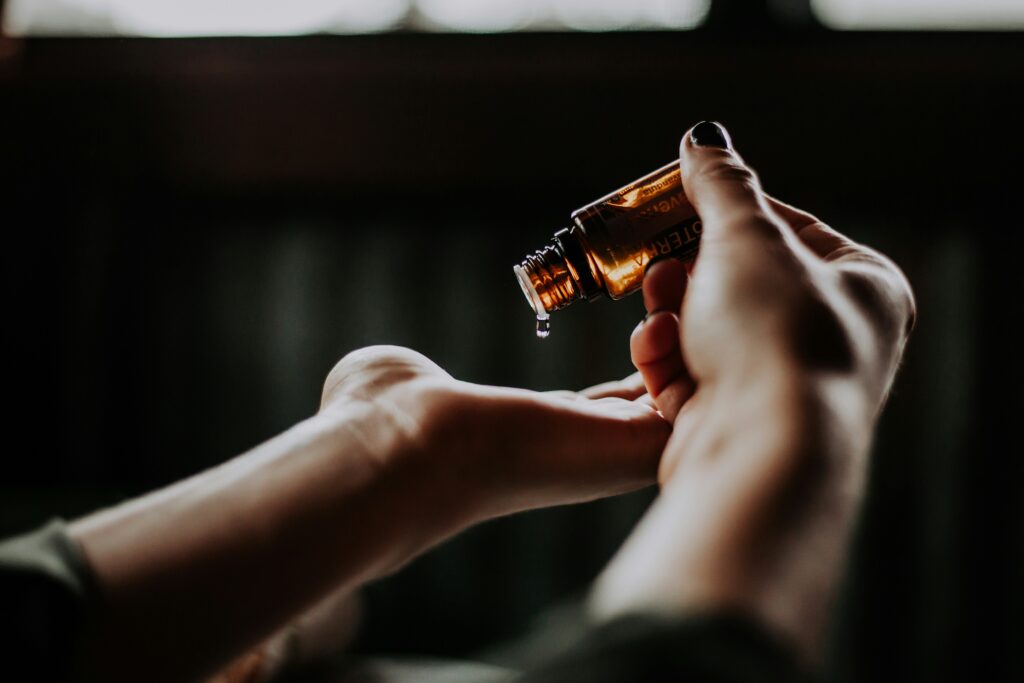Massage
Massage is one of the oldest and most widely practiced body-based therapies, used to relax the body and mind, relieve tension, and support overall well-being. It involves various techniques that target muscles, connective tissues, the skin, and sometimes deeper structures. Massage can be calming, stimulating, pain-relieving, or restorative—depending on its purpose and the chosen method.
Today, massage is used in both therapeutic contexts and for relaxation, whether in spas, rehabilitation settings, or as part of self-care routines. Its positive impact on mental health is increasingly recognized, as touch, slow movements, and presence help the body and nervous system to relax.

When can it help?
Massage can be an effective support for many physical and emotional conditions, including:
Muscle tension and pain, including lower back pain, neck stiffness, and tight shoulders
Headaches, especially tension headaches or migraines linked to muscle tension
Stress and anxiety – massage helps calm the nervous system and promotes relaxation
Sleep disturbances – the soothing touch can improve the quality and depth of sleep
Recovery after physical exertion or injuries (e.g., sports injuries)
Supporting circulation and lymph flow – helps reduce swelling and speeds up waste elimination
Fibromyalgia and other chronic pain syndromes, where touch may help the body release tension
Pregnancy-related discomforts – such as lower back pain and heaviness in the legs (requires a trained specialist with appropriate knowledge)
Emotional blockages or unresolved experiences that are stored in the body as tension
How does it work?
Massage works through both mechanical and neurological mechanisms. The pressure, stretches, and strokes applied by the hands activate sensory receptors in the body, which send signals to the nervous system. This can reduce the sensation of pain, relax muscles, and improve circulation.
Different types of massage—such as Swedish, sports, lymphatic, or shiatsu—use various techniques depending on the desired outcome. For example, lymphatic massage helps stimulate lymph flow and reduce swelling, while deep tissue massage focuses on releasing chronic tension in muscles.
The effects of massage are not limited to the physical body—many people experience mental clarity, emotional release, or simply a deep sense of peace and presence after a session.
Contraindications
Massage has many benefits, but in certain cases, it may be unsuitable or require adjustments. It is important to always inform the massage therapist about your health conditions.
Contraindications for massage:
Fever and acute inflammatory processes in the body
Acute injuries (e.g., fresh fractures, dislocations, or bruises)
Infectious diseases or skin conditions (e.g., open wounds, fungal infections)
Thrombosis or high risk of bleeding
Cancer or cancer treatment (requires doctor’s approval)
Severe heart disease or uncontrolled high blood pressure
Recent surgery (requires a healing period and/or doctor’s approval)
Early stages of pregnancy or high-risk pregnancy (specialist knowledge required)
Useful to know
The effects of massage often extend beyond the session itself – many people feel better a day or two later, as the body begins to rebalance itself after relaxation and release. It is recommended to drink water after a massage to support the body’s natural cleansing process. It’s also normal to experience slight fatigue or emotional sensitivity after the first session – this indicates that the body and nervous system are processing the experience.
Massage is not a substitute for medical care, but it is an excellent addition to holistic self-care. To maintain results, regular sessions – such as once a month or more frequently, depending on individual needs and desired outcomes – can be beneficial.
Interesting facts from science
The benefits of massage are supported by numerous scientific studies that demonstrate its positive effects on both physical and mental health. Research has shown that massage reduces levels of the stress hormone cortisol and increases levels of hormones associated with well-being, such as serotonin and dopamine. In addition, regular massage has been found to improve immune system function, enhance sleep quality, and reduce the intensity of chronic pain.
One of the most remarkable effects of massage is its impact on the nervous system. Touch activates the body’s natural calming mechanisms and helps reduce the overactivation of the sympathetic (“fight-or-flight”) nervous system. This is especially important in today’s fast-paced and stressful lifestyles, where many people experience chronic fatigue and nervousness.
Sources
https://www.mayoclinic.org/tests-procedures/massage-therapy/about/pac-20384595
https://www.health.harvard.edu/alternative-and-integrative-health/the-healing-power-of-touch
https://www.nccih.nih.gov/health/massage-therapy-what-you-need-to-know
